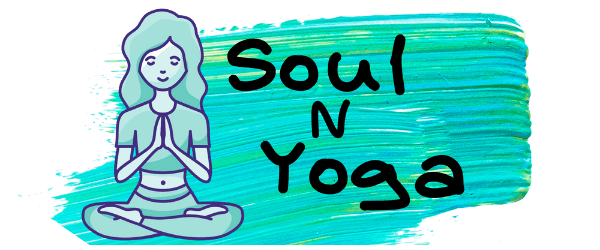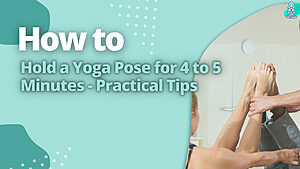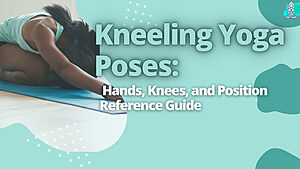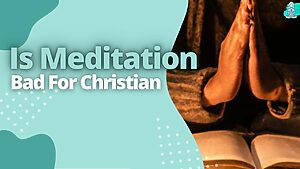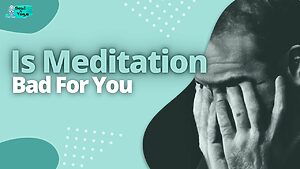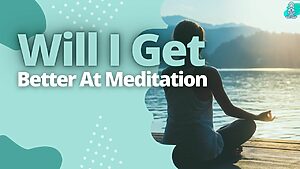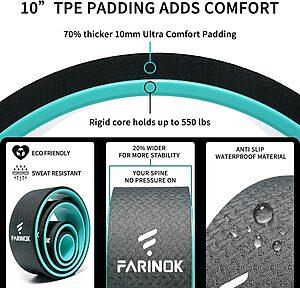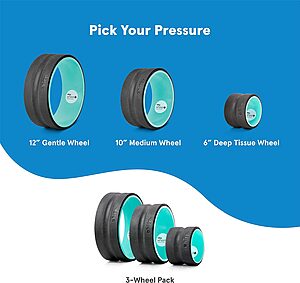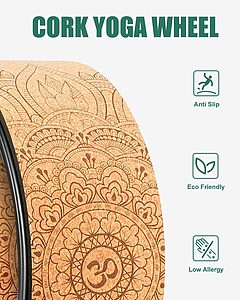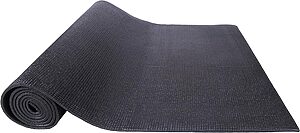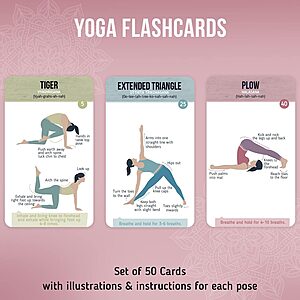Keeping a meditation journal is a great way to track the progress of your practice. To begin, take time to reflect on the physical and mental changes that you have experienced during each session. Note any thoughts or insights you had while meditating. Review these entries regularly to gain insight into how far your meditation journey has come.
A meditation journal will help you stay motivated by seeing tangible evidence of your growth and evolution over time.
Keep reading this blog post for more tips on using your journal effectively.
Key Takeaways
- Start your meditation journal by choosing a format that works best for you – pen and paper or a digital document.
- Write down your daily thoughts, feelings, challenges, successes, and reflections from each meditative session.
- Use prompts to help guide the flow of your writing and enable you to go deeper with each entry.
- Make sure to include details about what kind of meditative practice you are doing (e.g., mindfulness meditation) and any insight gained from it.
- Revisit your journal at least once per week to recap any patterns that have emerged or themes that have been repeated during the past few days of practice.
Here’s The Answer To How To Keep A Meditation Journal

Meditation journaling is a great way to track and reflect on our thoughts, emotions, and physical sensations.
It allows us to be mindful of our meditation practice by creating an awareness of patterns in the body and mind.
Keeping a meditation journal can help us become more conscious of our inner dialogue and provide insight into areas that need improvement.
Here are some tips for successful meditation journaling:
- Make it part of your regular meditation routine – this helps you build consistency with your practice and stay motivated.
- Set aside time each day (even if it’s just 5 minutes) to write down anything that comes up in your meditation session.
- Ask yourself questions before or after each session – these can range from simple reflections like “What did I learn today?” to deeper inquiries such as “What do I need to let go of?”
My Experience: I have been using a mediation journal for many years now, and it has helped me gain clarity on my path forward, both personally & professionally. Keeping a record of one’s meditative journey is an invaluable tool that can be used again & again to uncover new depths within oneself.
The Benefits Of Keeping A Meditation Journal
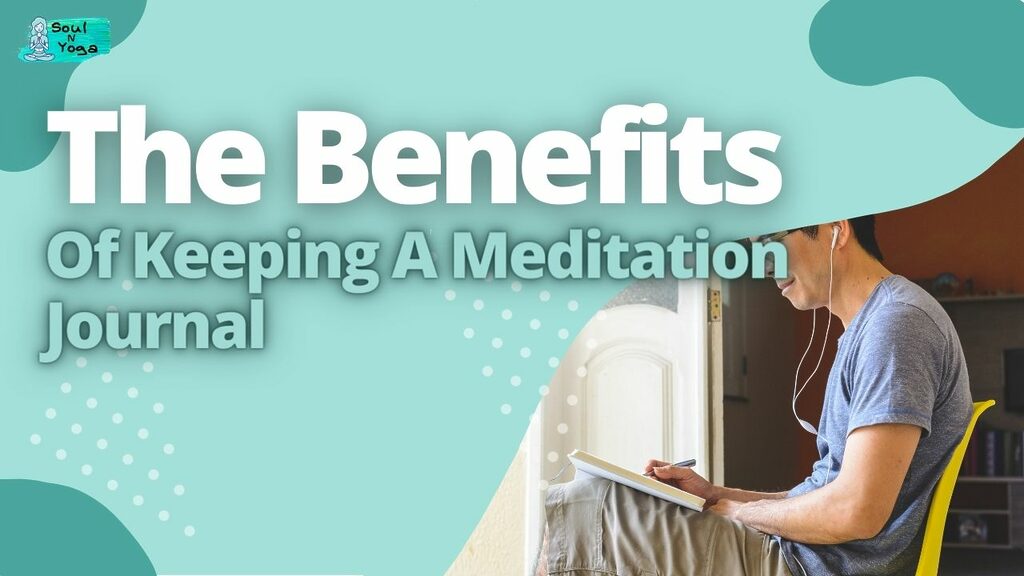
A meditation journal can benefit mental clarity, self-reflection, and overall well-being.
Writing down your thoughts and feelings after each session can help you in the following ways:
- Track progress
- Create more mindful living habits
- Identify patterns of thinking or behavior
- Gain insights into yourself.
Enhancing Your Self-Awareness And Reflection Through Writing
Journaling regularly during meditation is a great way to enhance self-awareness and reflection.
By writing down the following:
- the emotions that arise during each session
- observations and insights gained from guided meditations
- breathing exercises
You can become more aware of how mindfulness affects you mentally, emotionally, and spiritually daily.
Improving Your Meditative Practice With Note-Taking
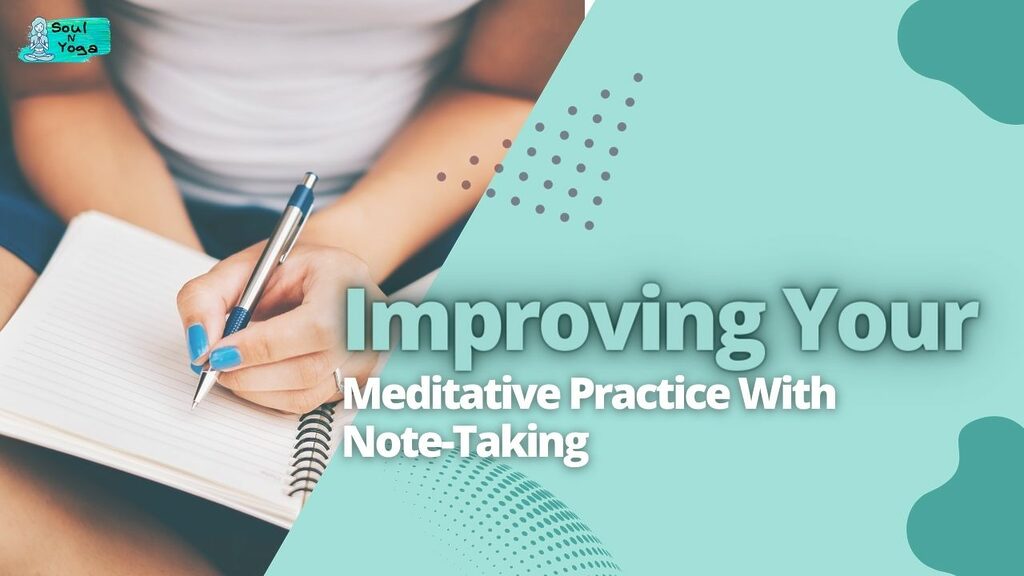
Taking notes while meditating can help you improve your concentration skills and encourage a deeper focus on the present moment.
It does so by guiding your attention toward the sensations in the body and other calming activities such as positive affirmations or intentions setting.
Taking reflective notes helps boost awareness of subtle shifts within, which can lead to personal growth.
Tips For Creating An Effective Meditation Journal
Creating an effective meditation journal doesn’t have to be complicated.
Setting aside time for brainstorming ideas or question prompts before each entry helps get creative juices flowing so that when it comes time to write down your experiences, they feel meaningful and authentic, not just empty words filling up space.
To get started:
- All you need is a notebook (or digital document) dedicated solely to this purpose.
- Plus some basic supplies like pens/pencils/markers if desired.
- Set aside time for brainstorming ideas or question prompts before each entry.
- Helps get creative juices flowing so that when it comes time to write down your experiences, they feel meaningful and authentic.
Formatting And Structuring Your Entries
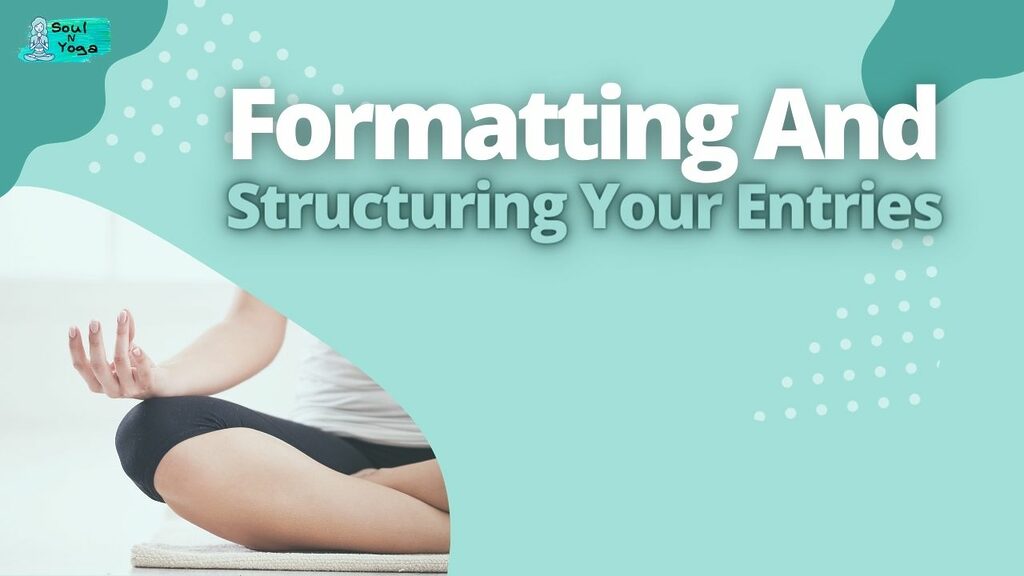
Regarding formatting entries in your mediation journal, there are no rules except what feels best for you.
Maybe try keeping things simple with bullet points listing key takeaways from each session.
This could include mental clarity obtained through relaxation techniques to spiritual revelations experienced during guided meditations.
Alternatively, consider breaking down each entry into sections like ‘Thoughts & Feelings,’ ‘Observations & Insights,’ etc., depending on what resonates most with you.
Guidelines For Writing About Your Experiences In Meditation
When writing about your meditation experiences in your journal, include details such as:
- How the breathing exercises made you feel,
- What thoughts or emotions were present during the session,
- Any personal insights or observations.
Also, note if there is anything that can be improved for your next practice. It’s important to track progress and reflect on the journey of mindful living each day.
Making The Most Out Of Keeping A Meditation Journal
Keeping a meditation journal is a great way to stay connected with your spiritual journey and maximize the benefits of meditation.
Writing down daily reflections on relaxation techniques, concentration levels, inner peace, focus, etc., will help you gain mental clarity and boost self-reflection.
This will also aid in tracking progress toward achieving mindfulness goals over time.
Integrating Mindfulness Into The Writing Process
To make journaling even more effective, try incorporating mindfulness into your journaling routine.
Before each journaling session, take a moment to set intentions for the session. One way to set intentions is to use positive affirmations or mantras.
Consider writing these down in your journal as a guide for a meditation exercise or as question prompts to brainstorm ideas for calming activities or meditative spaces that you can use during your practice.
Use your journal to reflect on your journey with meditation.
Leveraging Insight Gained Through Reflection
By leveraging insight gained through reflection while journaling. Observe our thoughts and feelings while deepening awareness around them without judgment.
Keep notes on these observations and any insights gained from personal growth practices like yoga or other forms of exercise.
This will provide us with invaluable information regarding our progress along our spiritual path.
Let us set meaningful intentions to continue progressing toward our goals with greater clarity of thought.
Wrap Up
Meditation journaling is a great tool to track your progress, gain clarity and insight, and reflect on your journey to self-discovery.
It’s easy to get started, just requires you to take the time each day to write down how you feel and what thoughts come up in your practice.
Now that you know the benefits of keeping a meditation journal, why not try? You won’t regret it.
So start today and experience the wonderful benefits for yourself – follow us for more articles about similar topics, or keep an eye out for updates on our social media channels too.
My name is Mugen Seki, and I’m a painter and yoga enthusiast who is passionate about bringing together art and exercise in ways that help people connect with their inner selves. When I’m not painting, I’m practicing yoga. And when I’m not doing either of those things, I’m usually thinking about them.
- How to Hold a Yoga Pose for 4 to 5 Minutes – Practical Tips
- A Guide to Finding the Perfect Yoga Mat for Carpet Floors
- Kneeling Yoga Poses: Hands, Knees, and Position Reference Guide
- Is Meditation Bad For Christians (The Surprising Answer)
- Is Meditation Bad For You (Don’t Believe Everything)
- Will I Get Better At Meditation (Understand The Secret)
